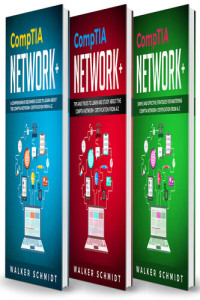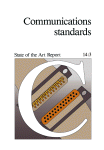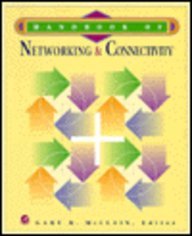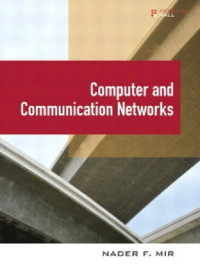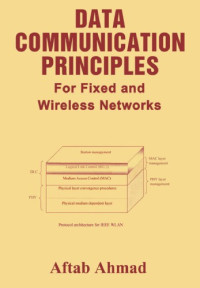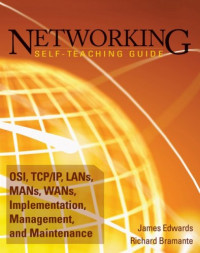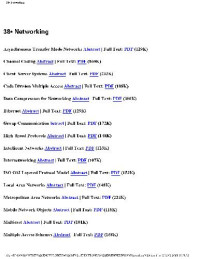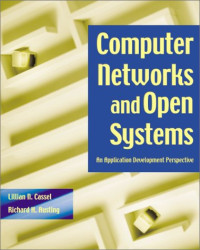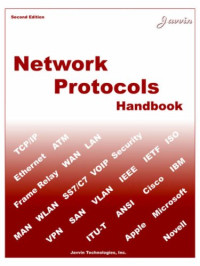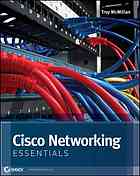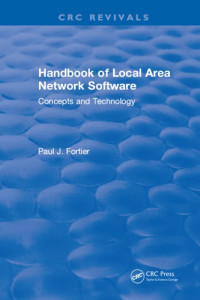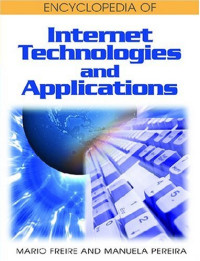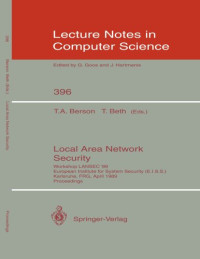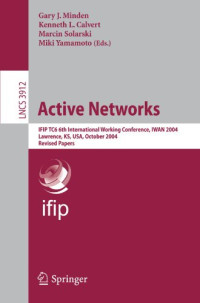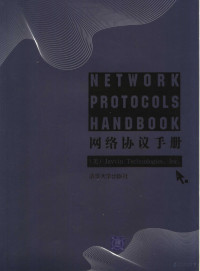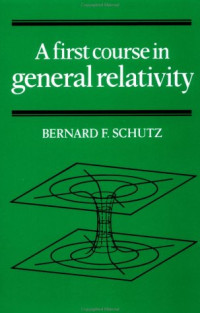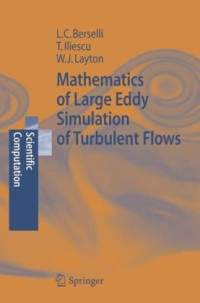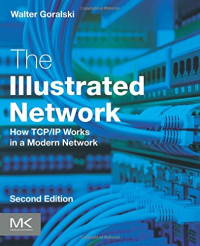
Patterns in Network Architecture: A Return to Fundamentals
John Day
I was involved in the design of the ARPAnet Protocols and worked on Internet protocols. For about a year I was the chair of of the ISO Presentation Layer committee. I have a lot of first-hand experience with where we are today and how we got here. I've just finished "Patterns in Network Architecture" and I'm impressed. While there are many things to argue over, the architecture Day describes sounds like it should work, and if it does work should be a vast improvement over the current ramshackle protocol structure. I haven't really done the hard work necessary to figure out if it really will work, and I don't expect to. And we know that the devil is always in the details. But I hope to hear sometime that an implementation has succeeded. Like many others in the field, John has strong opinions and axes to grind. Rather than a shortcoming, however, I think his strong opinions and sarcastic wit are a benefit; any reader can see clearly where John is coming from and can research the "other side" if it seems important. On page 79, Day writes: "... two types of protocols tend to alternate in architectures. The MAC layer does relaying and multiplexing, the data link layer does "end-to-end" error control; the network layer relays, the transport layer does end-to-end error control; mail protocols relay, hmm no end-to-end error control and sometimes mail is lost. ...we can make two observations: 1. Relaying always creates the opportunity for PDUs to be lost. Therefore, to guarantee reliability, there must always be an error-control protocol on top of a relaying protocol. 2. This would seem to indicate that there are really only three fundamental types of protocols: - Two data transfer protocols: Relaying and multiplexing protocols and error- and flow-control protocols with different policies - Application protocols" The rest of the book goes on to develop these thoughts, which in my view is a real breakthrough in clarity. This book ought to be used as a textbook! It is highly recommended to everyone working in the field. If only there weren't so many distracting editorial errors.
Categorias:
Ano:
2008
Editora:
Prentice Hall
Idioma:
english
Páginas:
462
ISBN 10:
2007040174
ISBN 13:
9782007040173
Arquivo:
PDF, 2.80 MB
IPFS:
,
english, 2008
Este livro não está disponível para download devido à reclamação do detentor dos direitos autorais
Beware of he who would deny you access to information, for in his heart he dreams himself your master
 Converter ficheiros
Converter ficheiros  Mais resultados de pesquisa
Mais resultados de pesquisa Outros benefícios
Outros benefícios ![Walker Schmidt [Schmidt, Walker] — CompTIA Network+: 3 in 1- Beginner's Guide+ Tips and Tricks+ Simple and Effective Strategies to Learn About CompTIA Network+ Certification](https://s3proxy.cdn-zlib.se/covers200/collections/userbooks/e2069efcad71597f5282cf34c73cb4a3d386d2bfe21f81ec06153961c0c4a643.jpg)





